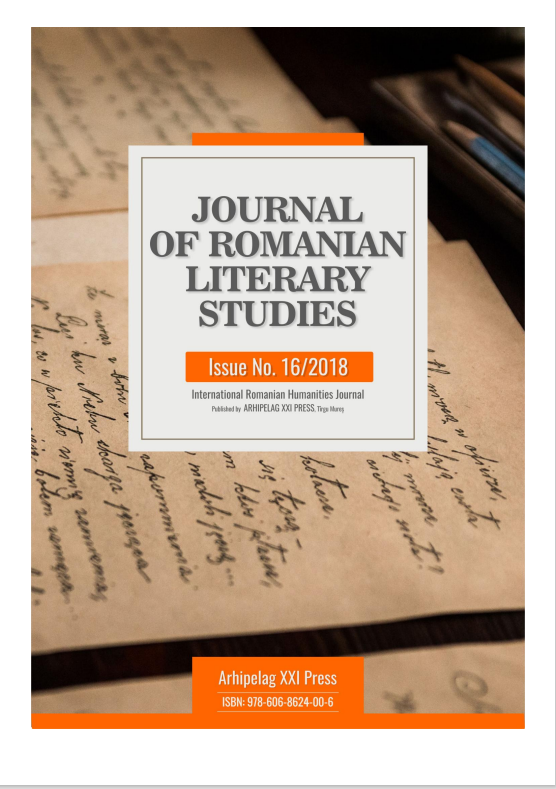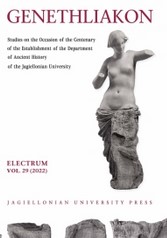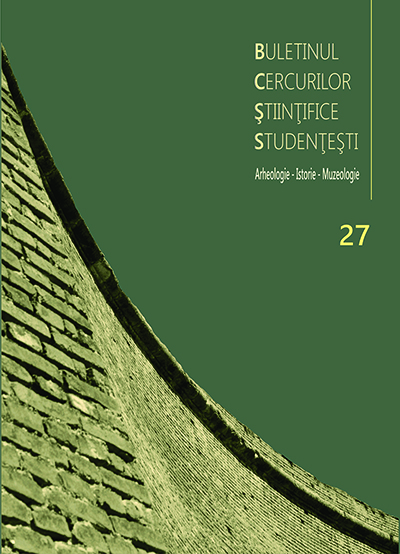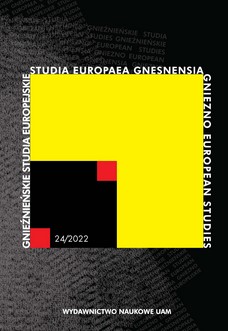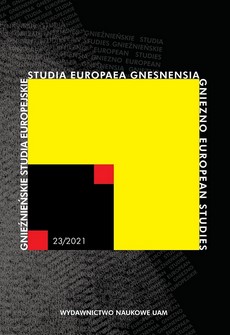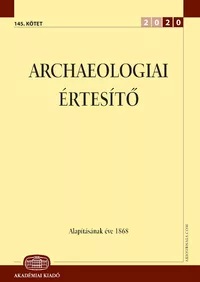
Az avar centrum és a bizánci periféria
Mediterráneumi eredetű alakos motívumok a késő avar díszítőművészetben a Kr. u. 8. században
The overall picture of the Late Avar decorative art was formed under a strong antique influence. The paper discusses antique-type figures and scenes that appear in Late Avar decorative art, probably of Byzantine origin. At the beginning and in the middle–second half of the Late Avar period, there are two different groups of figures and scenes while the adaptive mechanisms of the Avar culture were also different in their case. In contrast to the motifs of the earlier group, which were subject to a stronger Avar influence, the Avar adaptation in the later group seems to be minimal, and it is not clear where some of the features that seem unusual from the context of Mediterranean culture have been incorporated into the iconography, which is mainly known from belt decorations. The differences between the early and late groups are probably due to changes in the challenges to which the Avar society attempted to respond through cultural means.
More...
